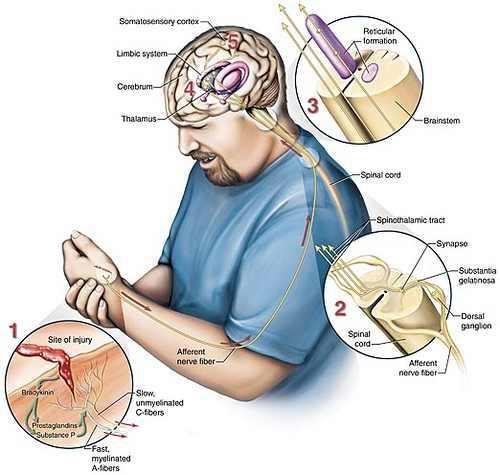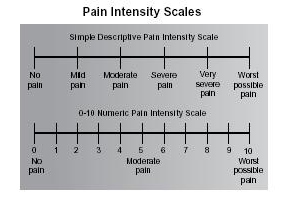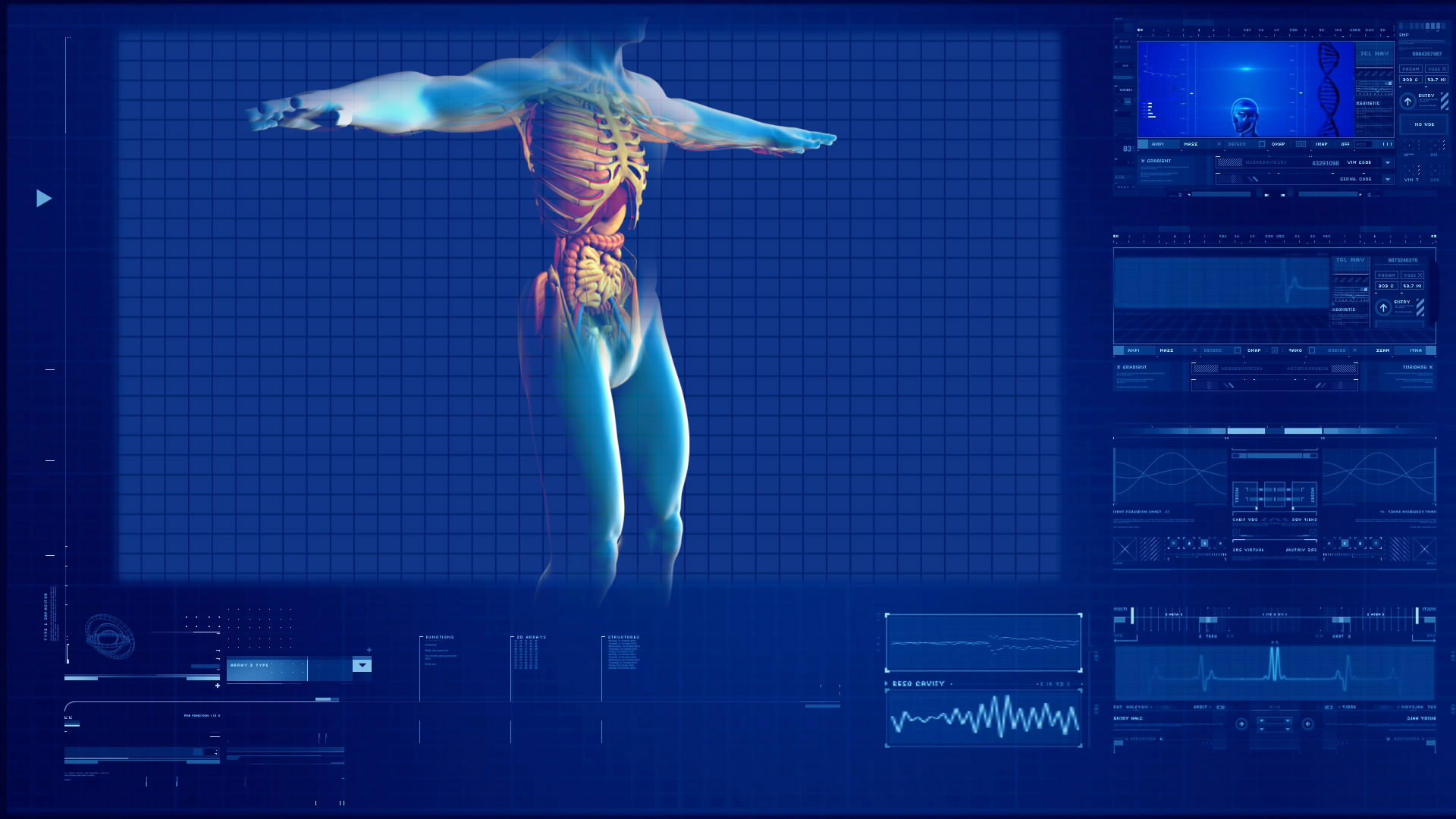It is complex regional pain syndrome that brings many of us to this site. Many searching for some sort of way to explain where it comes from, what can be done to reverse it, what have medical professionals learned since we were diagnosed. Well medical professionals Konzelmann M, Deriaz O, and Luthi F have come together to create an article on the success and utilization of a new diagnosing process. It is called the “Budapest Criteria” which is used to identify complex regional pain syndrome in its earlier stages.

How does this criteria help those with complex regional pain syndrome
With a successful process to diagnose patients, medical physicians might have a chance to catch patients earlier. And with a solid process this can be targeted and educated to those in the medical fields where doctors might see it most prevalent, emergency rooms and family physicians.
Who did their study focus on?
Their focus was on the partial form of complex regional pain syndrome type one (also known as reflexive sympathetic dystrophy). The specific target was those involving symptoms in only 1-3 fingers, a fairly uncommon occurrence with those with this condition. In the 5 years of their evaluating and observing patients in a rehabilitation ward their results had a fairly solid success rate. They applied this criteria to the evaluation of the radiological exams, the therapeutic results and vocational outcomes of the patients over time.
Of the 132 patients submitted with the diagnosis complex regional pain syndrome, only 16 were met the criteria where it effected only 1-3 fingers. Of these 16 people, 11 were men, 5 women with an average age of 43 years. While reviewing their progress, medical charts and success in therapy, 14 (88%) initially met the Budapest criteria and the other two were verified using a 3 phase bone scan. Now for the majority of the patients, only moderate improvement was made, and at the final follow-up, only 50% had returned to work.

What all did they review?
The physicians also compared against literature reviews, which had 19 cases eligible for comparisons. The largest differences is the increased number of male patients in this study, the later diagnosis, and a worse prognosis in the terms of return to work.
With this study and the literature already on file to review, the criteria’s success of diagnosis in 88% of the cases is a very good sign that there is a better chance on the horizon of catching new cases earlier. In turn allowing future patients a better chance of a normal and easier life with RSD than those already diagnosed. It also validated that the three-phase bone scan can only be used in doubtful cases in the first six months of the illness. And thought the partial formation of complex regional pain syndrome type 1 in the hand is rare and the prevalence being unknown. The long-term prognosis, (4 to 9 years) still suggest that earlier diagnosis is beneficial to patients abilities to returning to work.
How do I know this is information is true?
If you would like to read the full article, it can be found here: “Diagnosis of partial complex regional pain syndrome type 1 of the hand: retrospective study of 16 cases and literature review.” BMC Neurol. 2013 Mar 18;13:28. doi: 10.1186/1471-2377-13-28.
Where do I find more articles on complex regional pain syndrome?
More articles can be found at the National Institute of Health’s Library.





